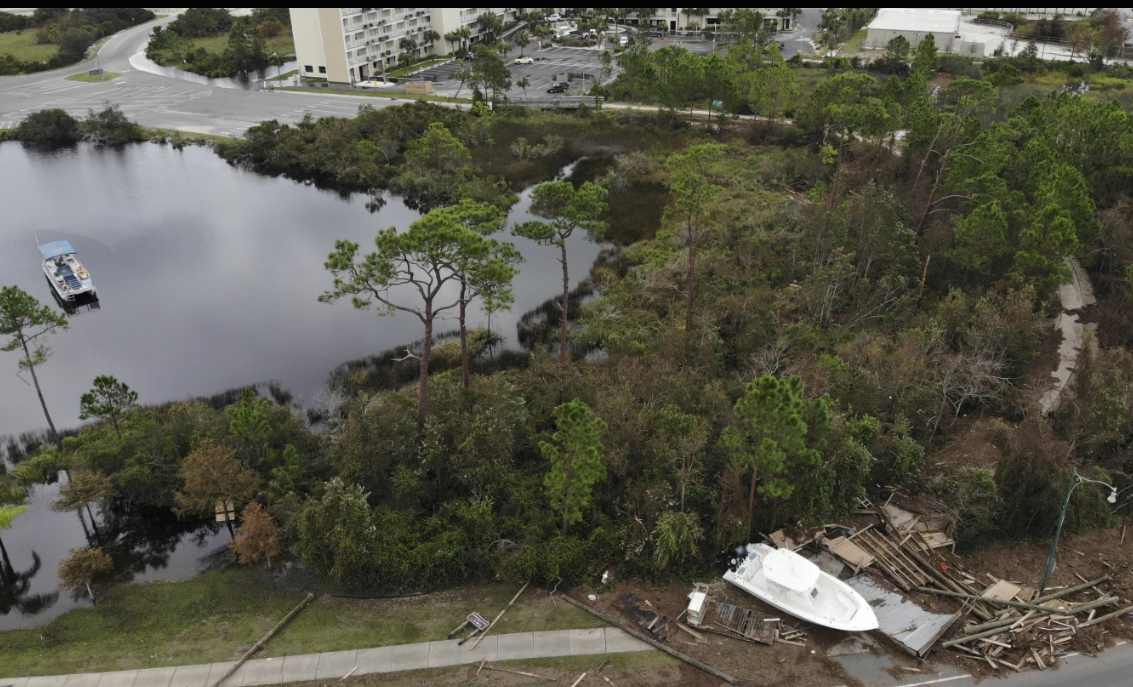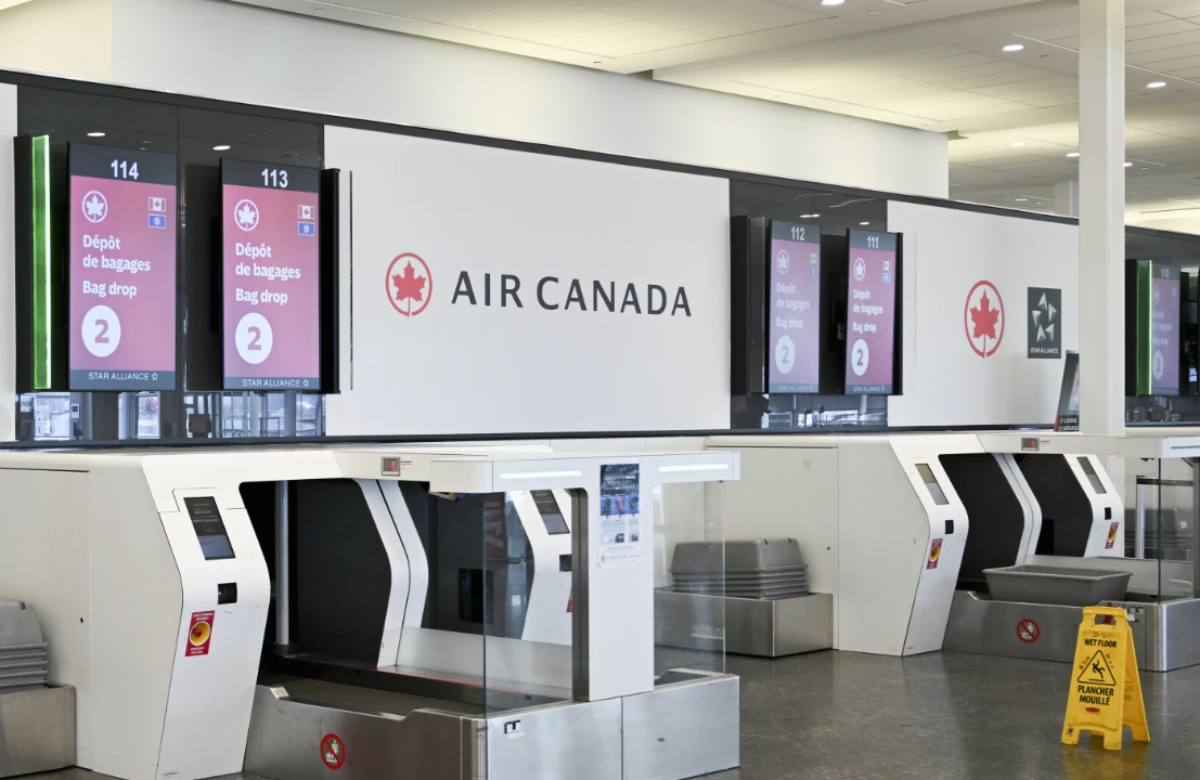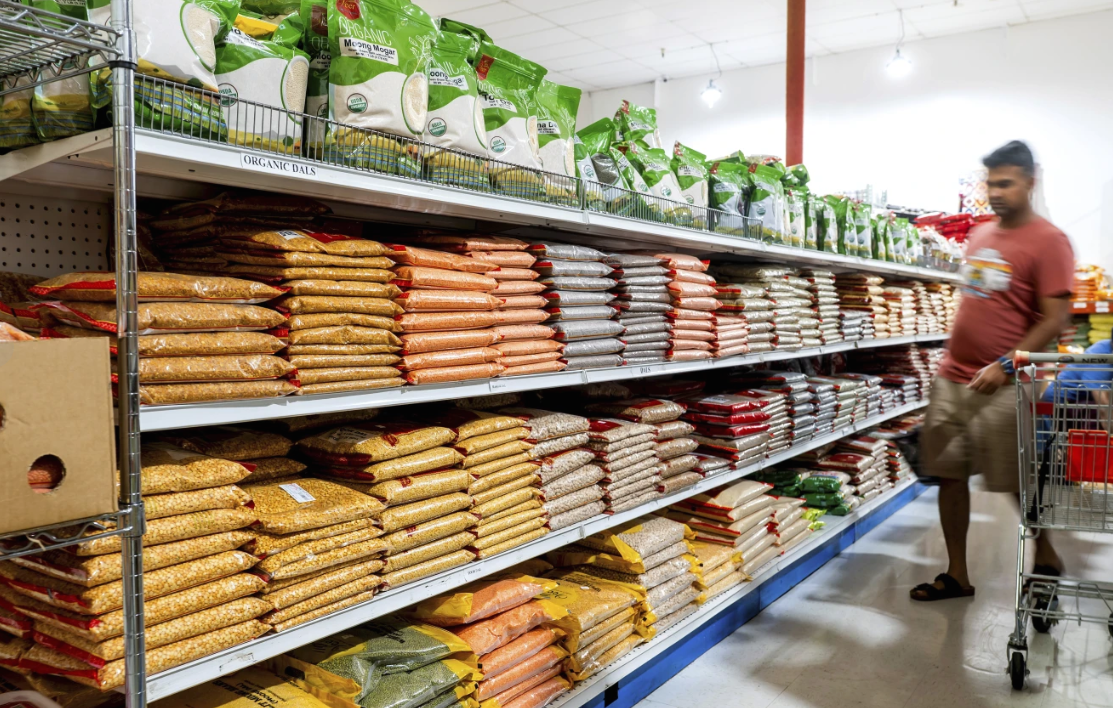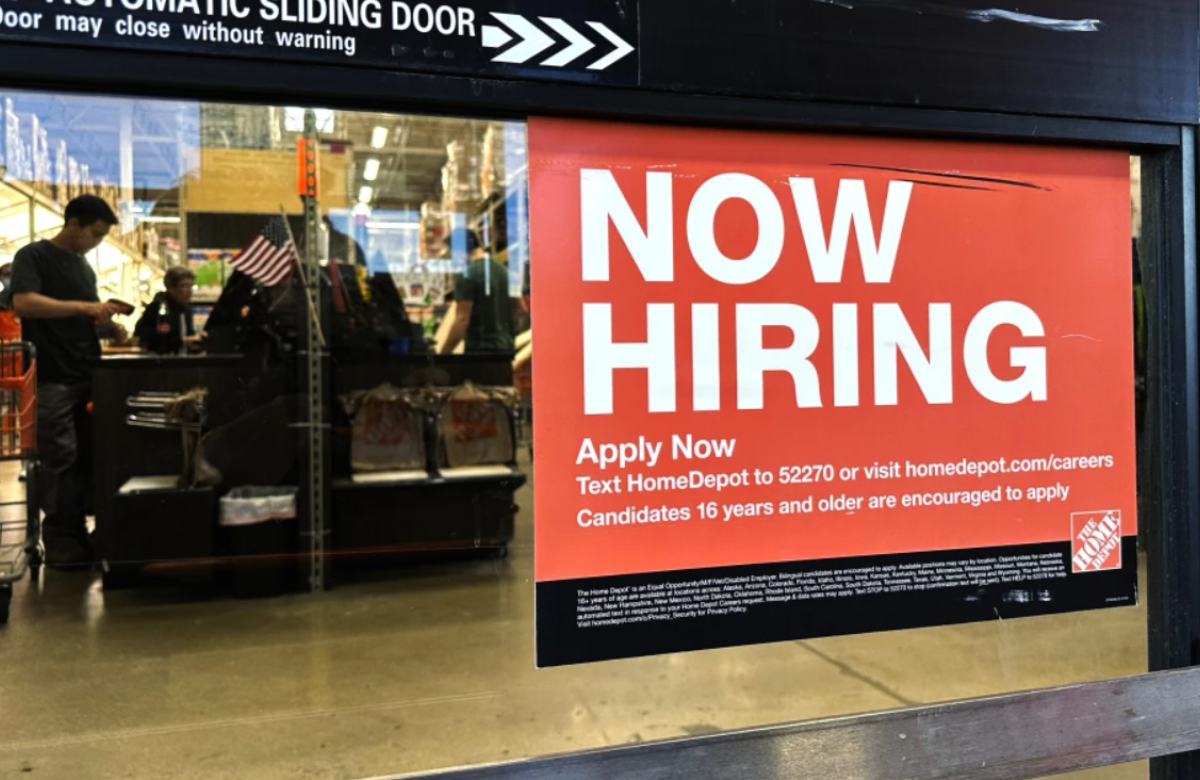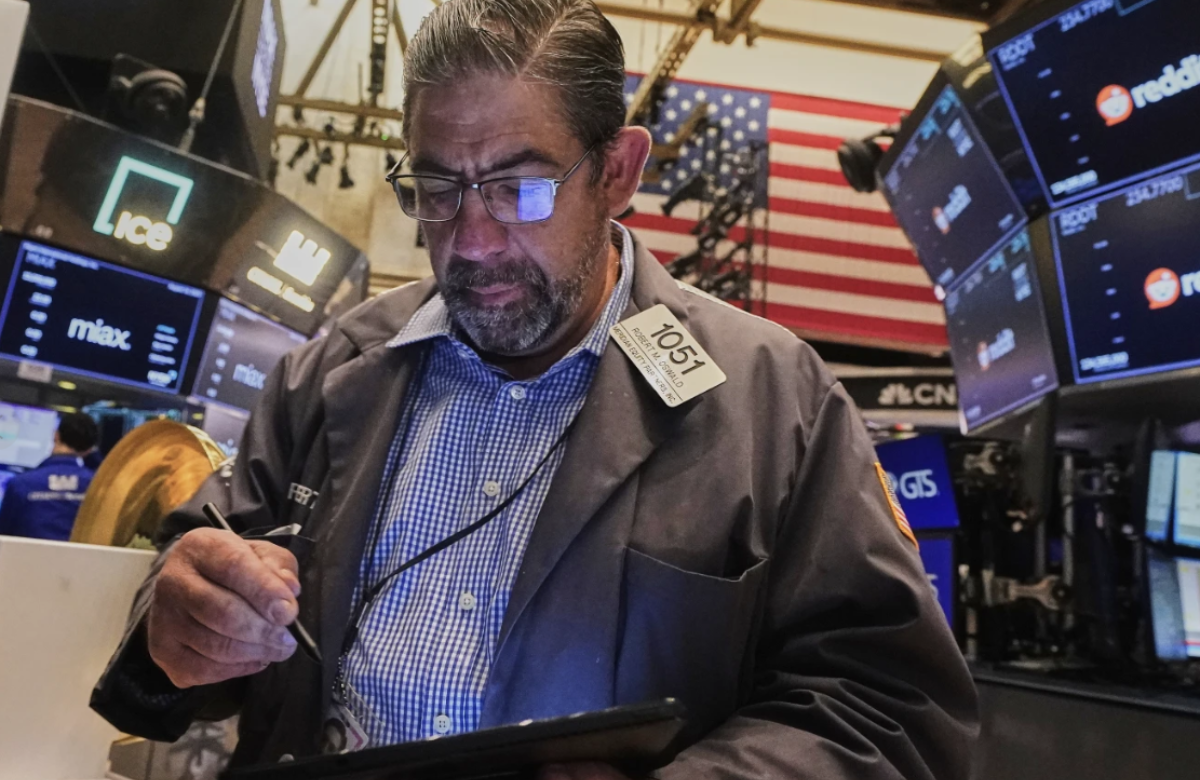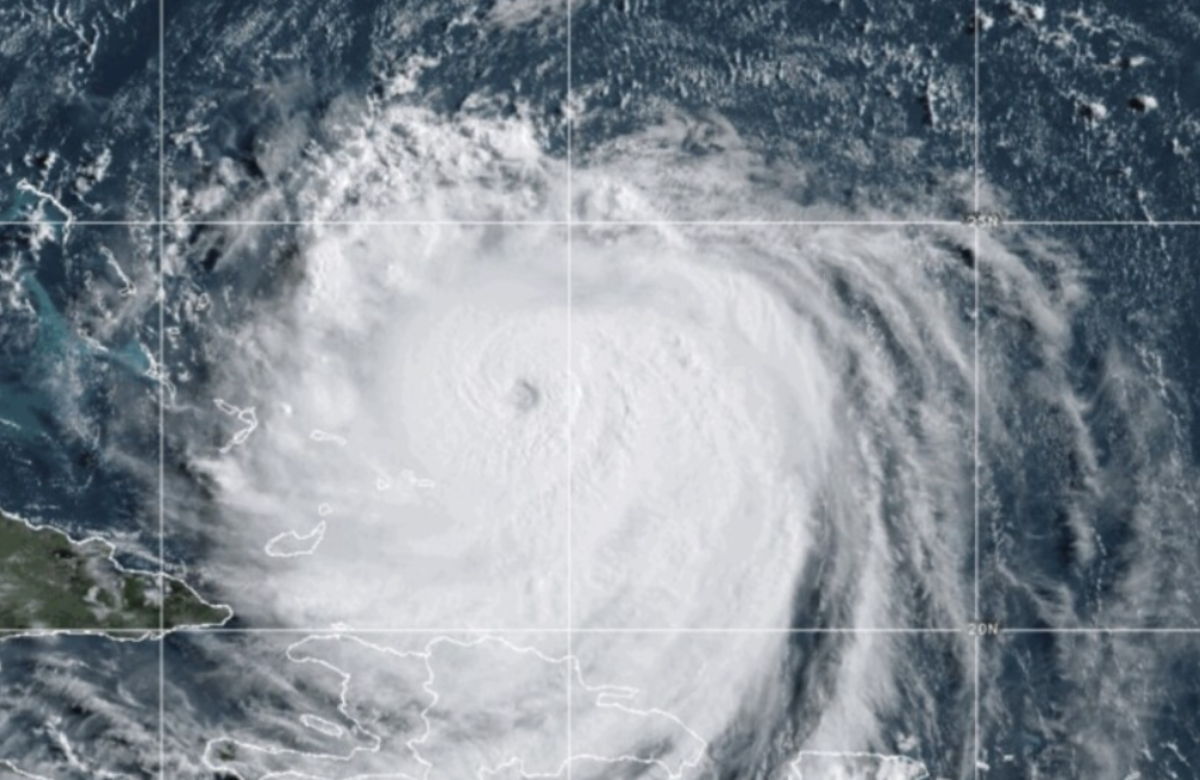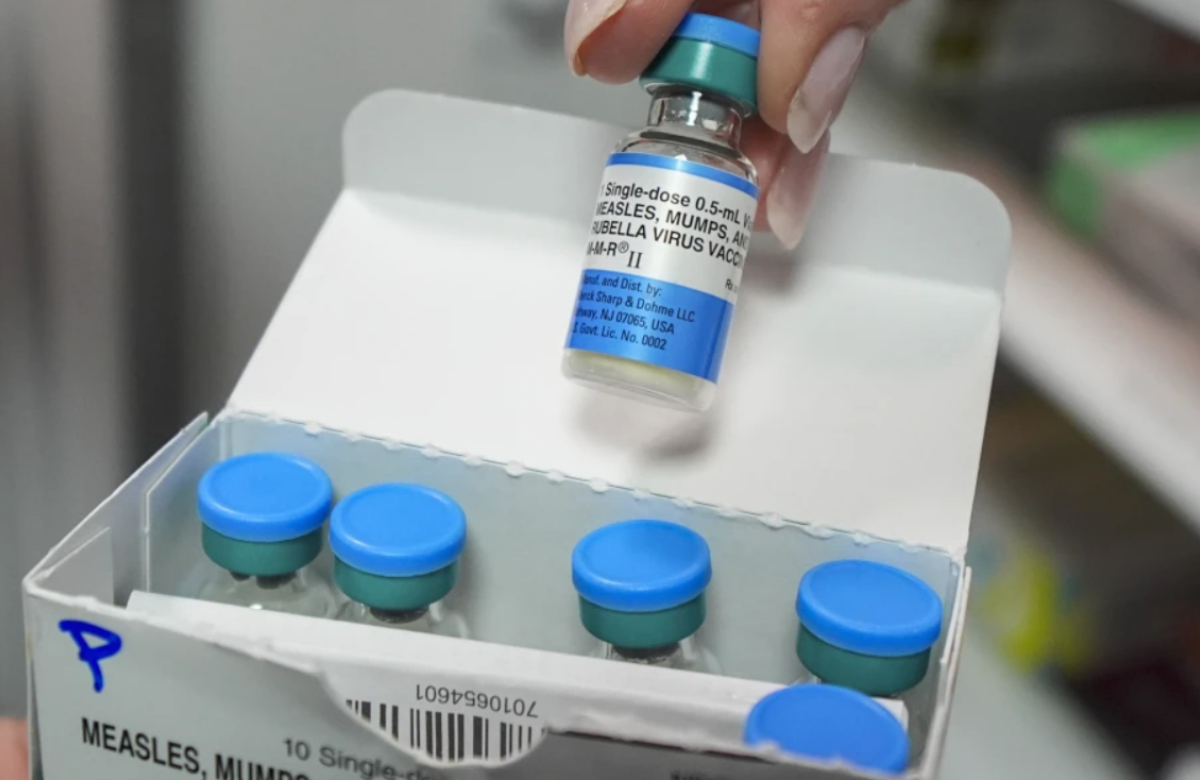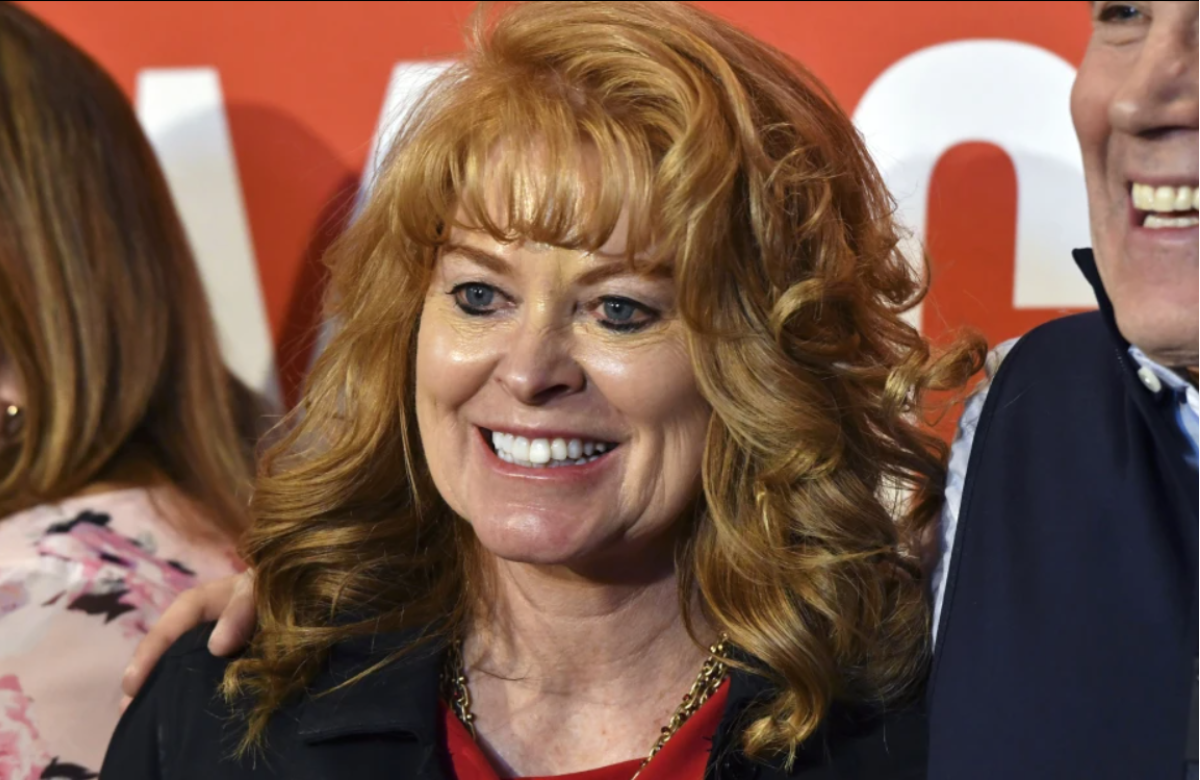A groundbreaking study from Alabama highlights the financial and structural benefits of climate-resilient construction, particularly during hurricanes. The analysis, based on insurance claims from Hurricane Sally in 2020, found that homes built or retrofitted to “Fortified” standards suffered significantly less damage, resulting in far lower insurance claims.
Hurricane Sally made landfall on Alabama’s Gulf Coast with winds up to 105 mph. The study reviewed thousands of related insurance claims and revealed that if all affected homes in Mobile and Baldwin counties had met Fortified construction standards — developed by the nonprofit Insurance Institute for Building and Home Safety (IBHS) — insurers could have saved up to 75% in payouts, totaling an estimated $112 million. Homeowners could have saved up to 65% in deductibles, or nearly $35 million.
“This proves mitigation works,” said Dr. Lars Powell of the University of Alabama’s Culverhouse School of Business, which conducted the study alongside the Alabama Department of Insurance. “We can build homes that withstand climate extremes.”
The Fortified program was created to strengthen homes against wind and water damage, using research from IBHS’s test facility that simulates storms with wind speeds up to 130 mph. The program includes three certification levels — Fortified Roof, Silver, and Gold — and requires third-party verification to ensure that upgrades like improved roofing, impact-resistant windows, and stronger foundations are properly implemented.
Nationwide, climate-related disasters are becoming more frequent and expensive, with insurers under mounting pressure. Alabama’s approach — including mandatory insurance discounts for Fortified homes and state-backed grants to help homeowners retrofit their properties — is gaining attention as a potential national model.
Alabama began pursuing these standards after Hurricane Ivan devastated the state in 2004. It now mandates discounts of up to 50% on the wind portion of premiums for homes built to Fortified specifications. Through its Strengthen Alabama Homes program, the state has provided $86 million in grants for more than 8,700 retrofits since 2015.
“We were in crisis after Ivan,” said Alabama Insurance Commissioner Mark Fowler. “But these programs stabilized our market and boosted demand for stronger homes.”
Hurricane Sally provided the first large-scale opportunity to test Fortified homes in a real-world event. The study analyzed data from over 40,000 insured properties, valued at $17 billion collectively. Results showed Fortified homes had 55% to 74% fewer claims and losses that were 14% to 40% less severe, depending on the certification level. Though Fortified homes made up about 25% of policies, they accounted for only 9% of claims.
These homes even outperformed similar structures that weren’t officially certified, likely due to the program’s rigorous verification process. However, Fortified standards don’t address all damage types — for example, nearly half of claims were related to tree damage, which calls for different prevention measures.
Building to Fortified standards adds cost — between 0.5% and 3% for new builds, and 6% to 16% for retrofits — but the long-term savings and resilience have drawn support from nonprofits like Habitat for Humanity, Team Rubicon, and SBP. Many of these groups are supported by insurers such as Travelers and Allstate to rebuild homes with these higher standards.
“For disaster survivors, building back with Fortified standards offers peace of mind and financial stability,” said Thomas Corley, COO of the disaster recovery nonprofit SBP, which has built over 670 Fortified homes in nine states.
The insurance savings can make a crucial difference, particularly for low-income families trying to recover after disasters. “This can be the difference between stability and financial hardship,” Corley said.
Alabama plans to expand its grant program to three additional counties this year. Commissioner Fowler hopes the success will encourage insurers to continue offering wind coverage in high-risk areas and inspire other regions — even those less hurricane-prone — to adopt similar resilience strategies.
Interest is growing in other states, including wildfire-prone California. Fowler recently testified before a California legislative committee in support of a bill that would fund grants for fire-resistant construction and defensible space.
“Disasters will happen no matter what,” Fowler said. “The key is building stronger in advance, so there’s less to lose when nature strikes. It’s a simple but powerful idea.”
